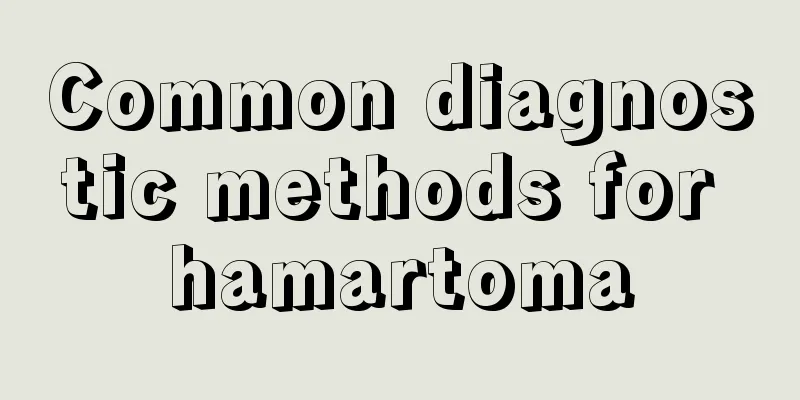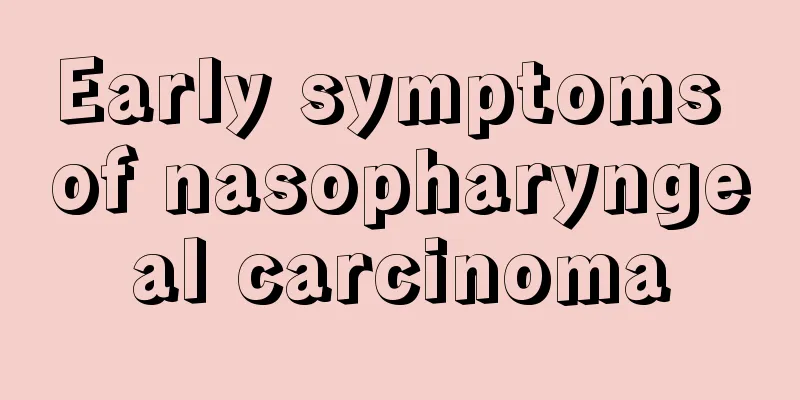Choose the surgical method according to the different degree of gallbladder cancer

|
Gallbladder cancer causes great harm to the patient's physical and mental health. The main treatment method is surgery. Choosing the appropriate surgical method according to the degree of tumor invasion is beneficial to improving the patient's survival rate. Generally, surgical methods are divided into three types. 1. Cancer is confined to the gallbladder wall below the serosa layer Early stage gallbladder cancer has an insidious onset and may be accompanied by symptoms such as gallstones. When patients undergo surgery for gallstones, gallbladder cancer may be unexpectedly discovered in pathological sections, and the lesions are limited to below the serosal layer of the gallbladder wall. For such patients, cholecystectomy is sufficient and there is no need for extended radical surgery. Even if additional surgery is performed to expand the scope of radical surgery, it may not necessarily change the survival rate and prognosis. 2. The lesion has invaded the serosal layer For patients who have been clearly diagnosed with gallbladder cancer and whose lesions have invaded the serosal layer, whether or not there is local metastasis and who are still likely to undergo surgical resection, extended radical cholecystectomy may be considered. At the same time as cholecystectomy, local liver tissue around the gallbladder bed should be removed, with a resection range of at least 2 cm. Lymph nodes around the portal vein, hepatic artery, and extrahepatic bile duct should be cleared. If the cancer invades the back of the pancreas, a pancreaticoduodenectomy should also be performed. Try not to expand the scope of surgery and retain tissues that do not need to be removed, so as not to affect the patient's postoperative quality of life or increase the surgical mortality rate. 3. Has the gallbladder cancer spread to the bile duct? If gallbladder cancer has spread to the bile duct and has multiple metastatic sites such as the liver, radical surgery is no longer possible. Such patients can choose palliative surgery to relieve symptoms and improve their quality of life according to their physical condition and illness. Patients affected by cancer may suffer from obstructive jaundice. In this case, bile duct drainage is required to relieve symptoms of jaundice and skin itching; patients with pyloric obstruction need to undergo gastrojejunostomy, etc. |
<<: A good tea recipe for nasopharyngeal carcinoma patients during radiotherapy
>>: Traditional Chinese medicine treatment for continuous hematuria in patients with bladder cancer
Recommend
Training methods for explosive power of calves and thighs
The rapid development of the Internet era has led...
Patients should choose appropriate breast cancer treatment according to their different conditions
Breast cancer is very harmful and can cause great...
Preventing colon cancer starts with your mouth
In recent years, the incidence of colorectal canc...
Will nasal osteoma turn into cancer? How long can one live?
Nasal osteoma is a benign tumor that usually does...
What is the function of buckwheat health pillow
A pillow is a daily necessity that is closely rel...
Tips to prevent mosquito bites in summer
The harassment of mosquitoes in summer seriously ...
Can hemorrhoids burst on their own?
Many people often suffer from hemorrhoids. After ...
What are the prevention methods of bladder cancer? Three major methods can keep you away from bladder cancer
Bladder cancer is a common malignant tumor in the...
What's wrong with lower abdominal bloating and frequent farts?
The intestines are organs that digest food. Durin...
How many years can a person with esophageal cancer live longer?
Esophageal cancer is a terrible disease. Once you...
What are the Chinese medicine prescriptions for rectal cancer treatment
Rectal cancer is a serious disease and any treatm...
How to get rid of centipedes at home
Especially people living in bungalows are more li...
Not paying attention to kitchen ventilation may cause lung cancer
As the saying goes, food is the most important th...
Advanced stage of thyroid cancer
Thyroid cancer is a relatively common malignant t...
What does it mean when the pain in late-stage myeloma stops? It means there is no need for treatment
Myeloma is a persistent pain in the spine, and if...









